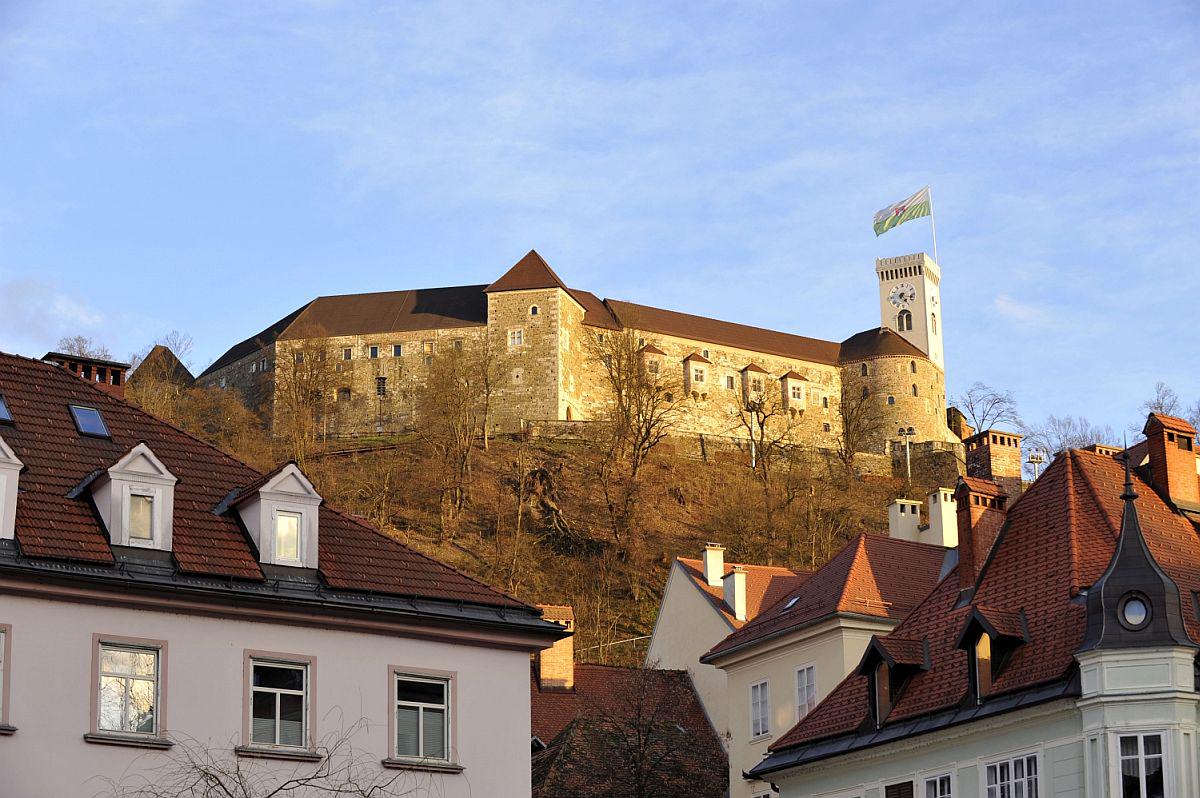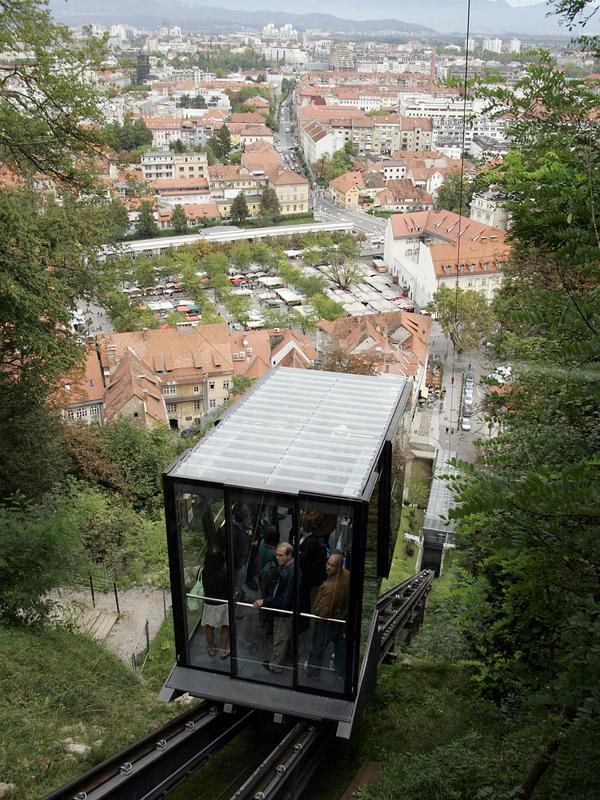

The Ljubljana Castle rises high above the Slovenian capital, but because of its long and interesting history, it towers just as high in the public imagination.
Archeological findings indicate that the castle hill was already inhabited in prehistoric times. A castle was first mentioned in the 12th century. At the time, it belonged to the Carinthian Dukes, but its ownership later passed to the Hapsburgs.
Between the 15th and the 17th centuries, the castle underwent a series of expansion and got much of its present-day appearance. For several decades, it served as an important defense against both the Turks and the rebellious peasantry.
The advent of relative peace, however, rendered the castle’s fortifications obsolete. In each passing year, the castle became less and less strategically significant. In the early 19th century, it was briefly occupied by the French army but then spent most of the following hundred years as a prison, even though parts of it continued to house troops.
In the early 20th century, Ljubljana’s visionary mayor Ivan Hribar wanted to set up a museum in the castle, but funds were difficult to come by, and in the years before World War I, the castle was transformed into public housing for the capital’s poorest residents.
After World War II, the famed architect Joze Plečnik came up with a daring proposal: He wanted to tear down the historic structure and replace it with a monumental new Slovenian parliament that would have been topped with a conical roof. Fortunately for the castle, Plečnik’s plans were never realized.
Meanwhile, the condition of the castle continued to deteriorate as it continued to serve as a home for the poor into the 1960s. It was only in the subsequent years that restoration work began on the building. The architect Edvard Ravnikar Jr., whose father had shaped the architecture of modern Ljubljana, decided to restore it by combining ultramodern and traditional elements. Some saw his approach as refreshingly daring, while others considered it an affront to the castle’s traditional architecture.
After years of delay, the renovation is now complete, and the Ljubljana Castle is again considered a must-see attraction for many visitors to the capital. It can even be reached with a new funicular railway. The complex houses two prestigious restaurants and a visitor center in which travelers can learn about the long history of the castle – and the picturesque city it overlooks.
Jaka Bartolj


































































